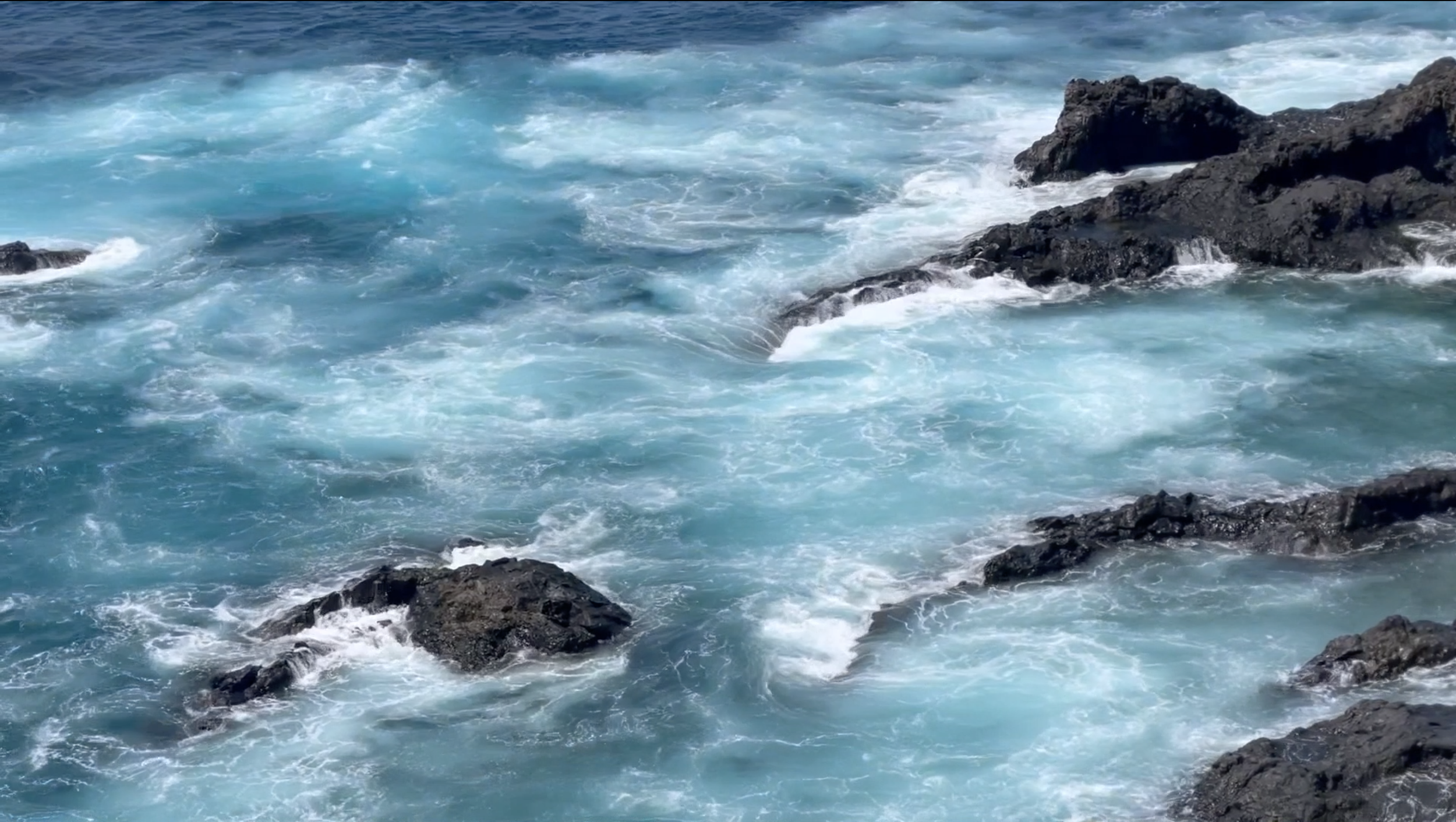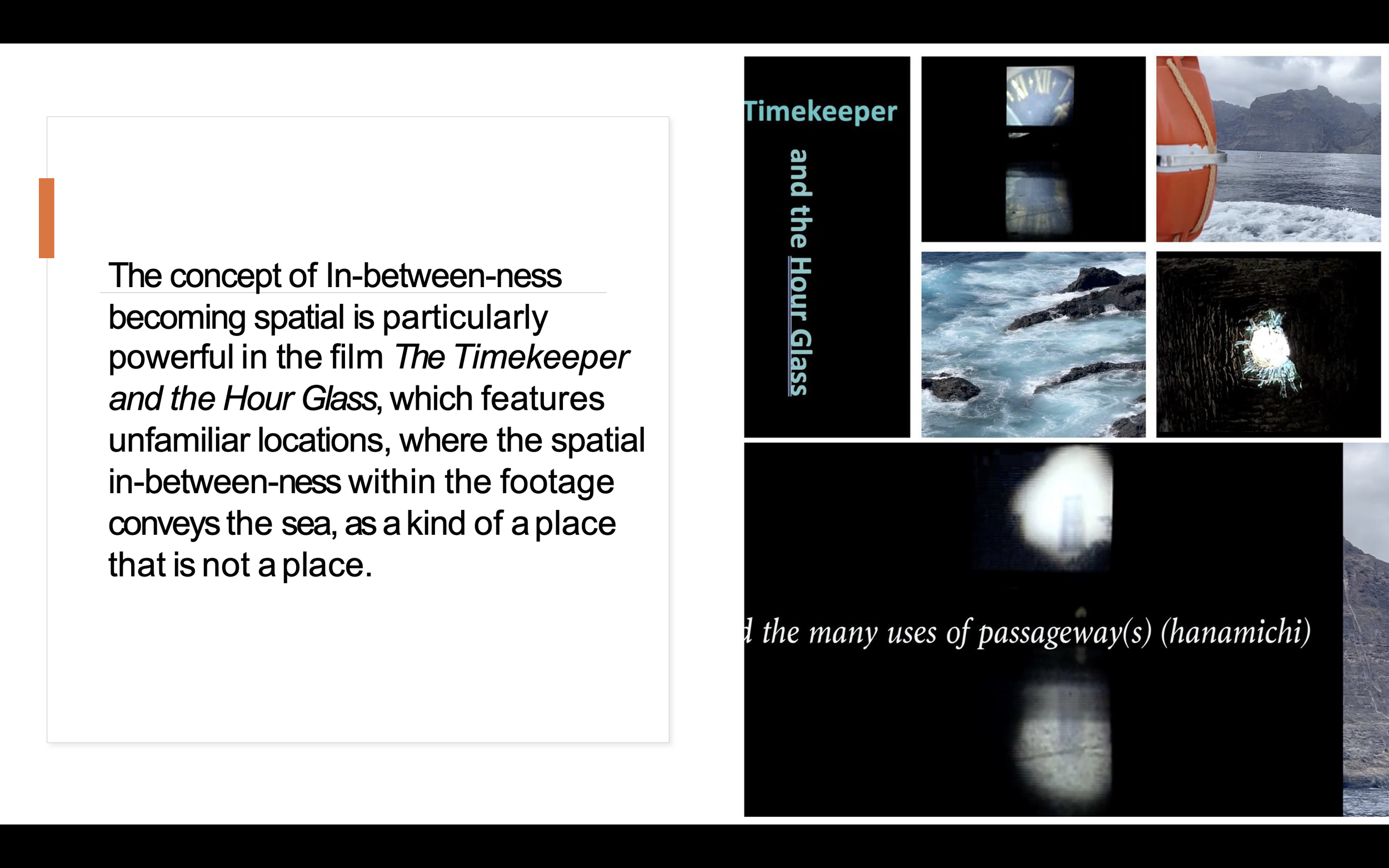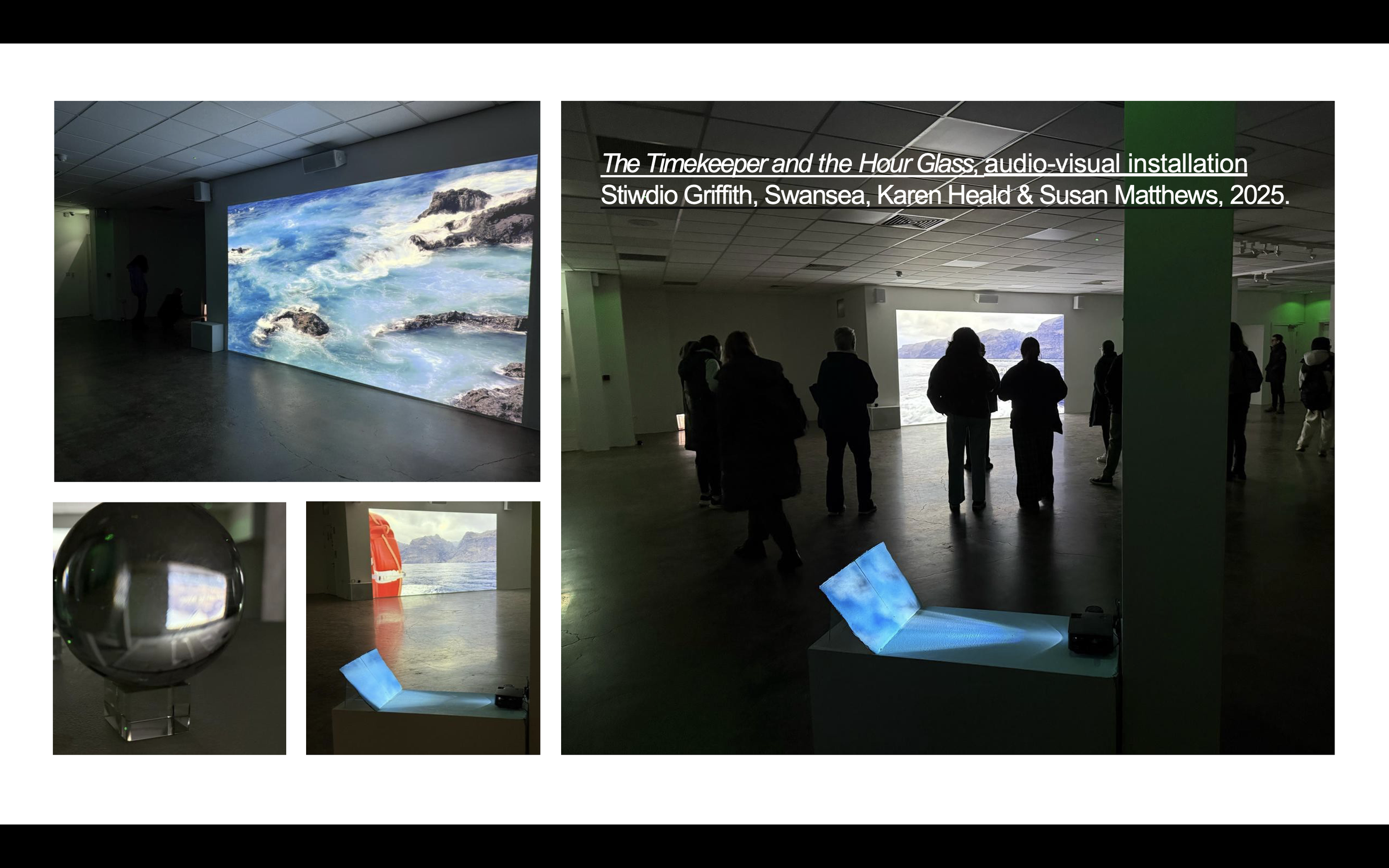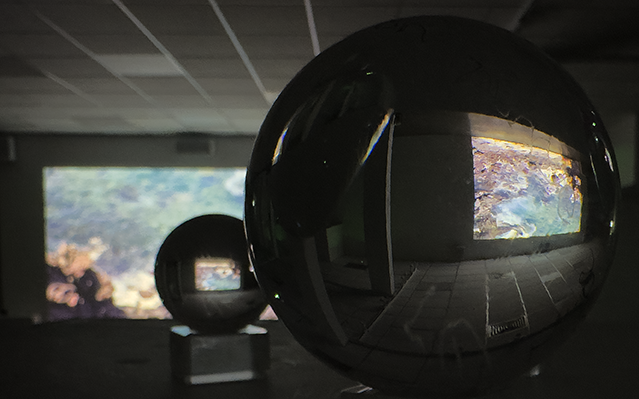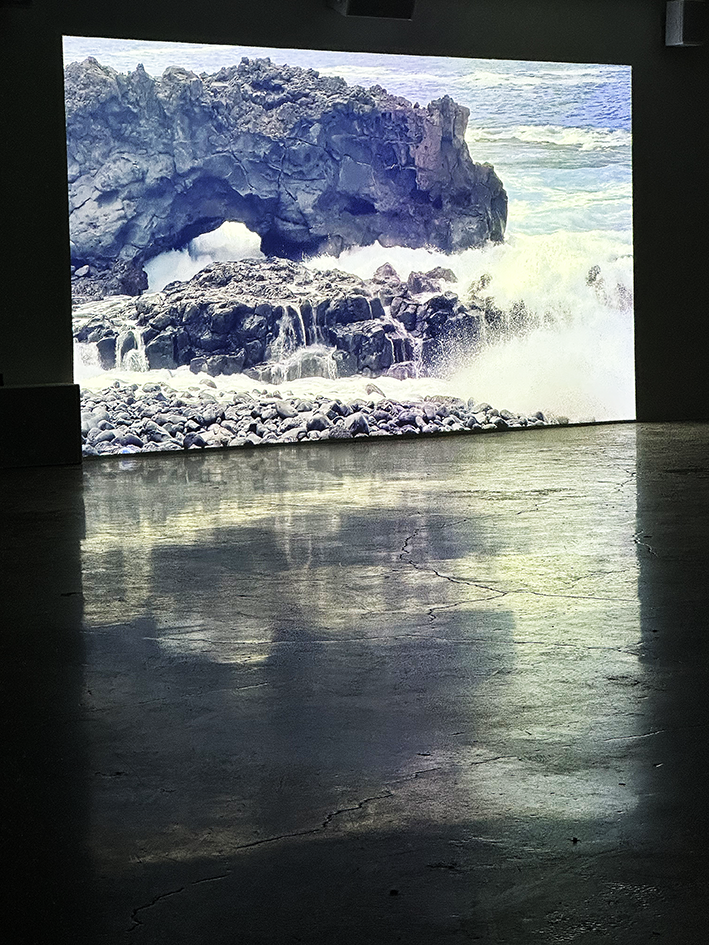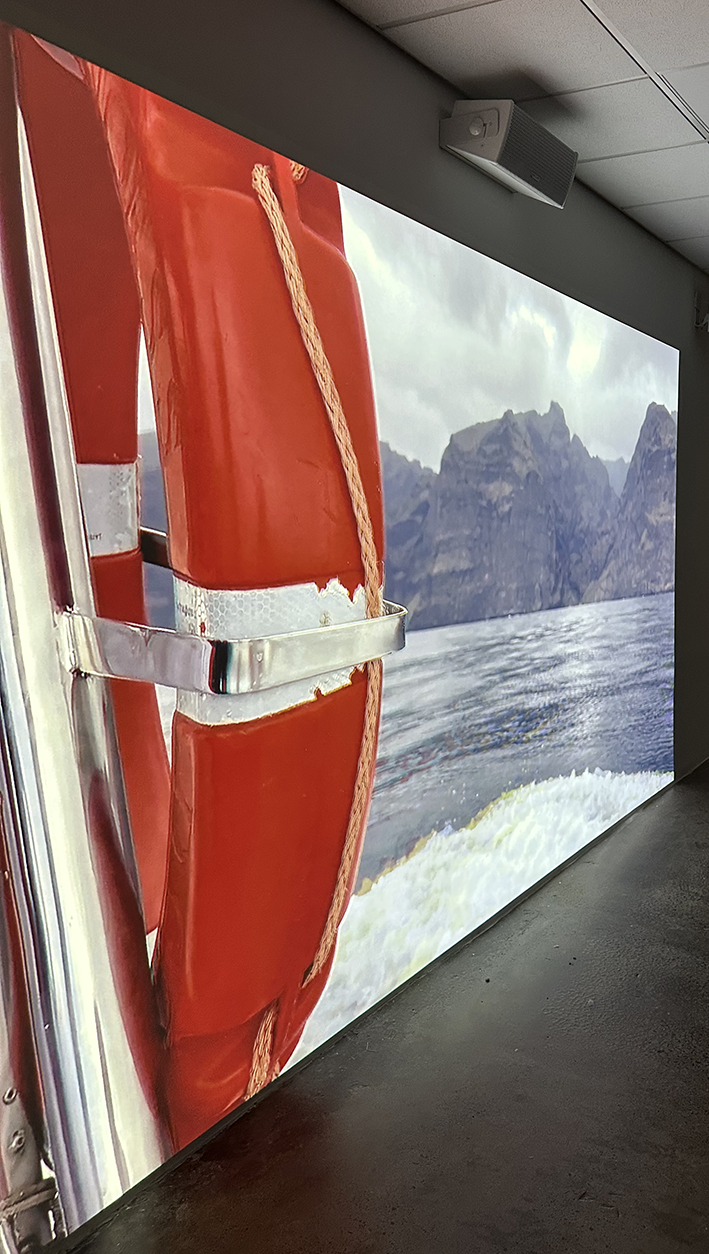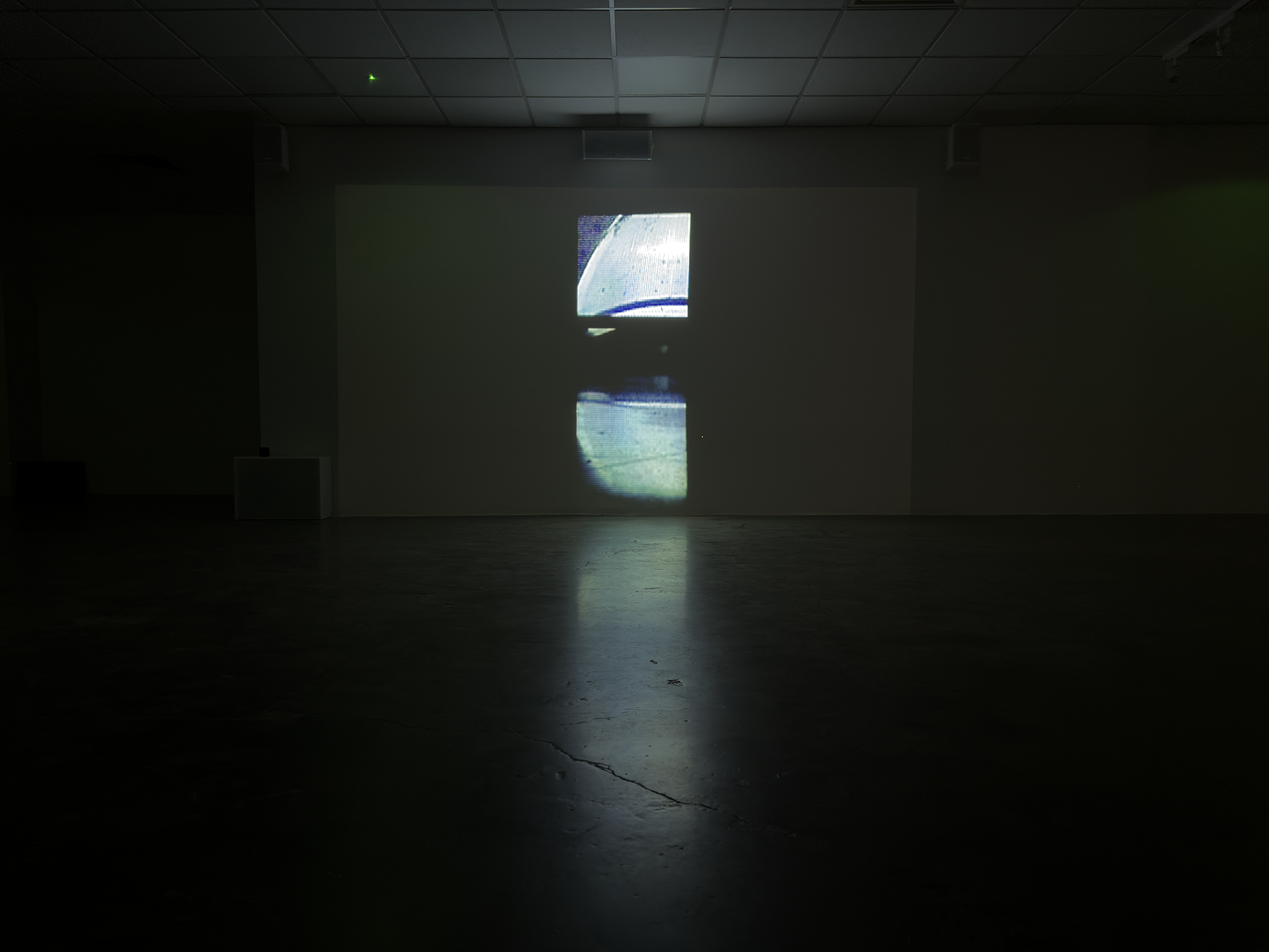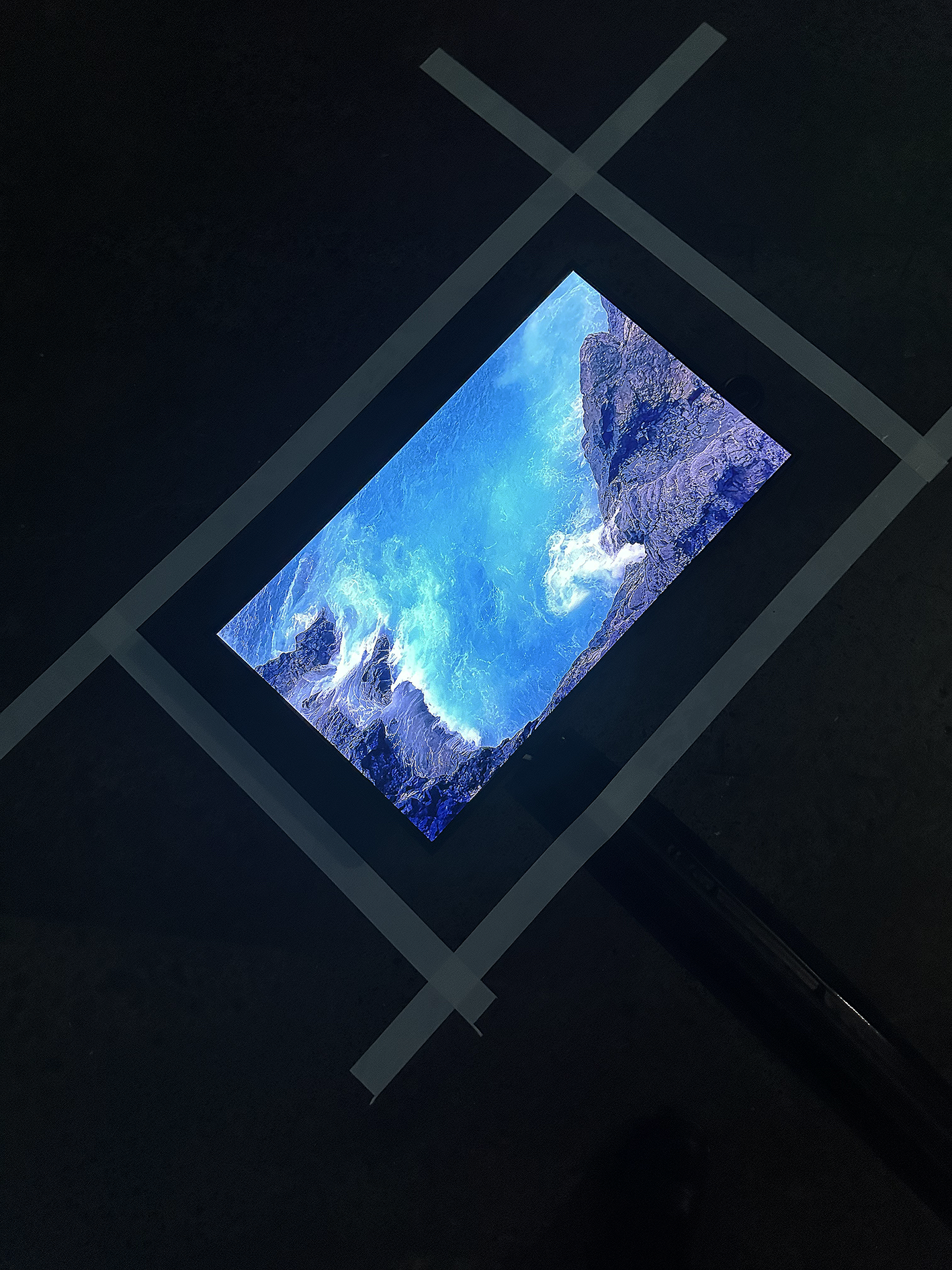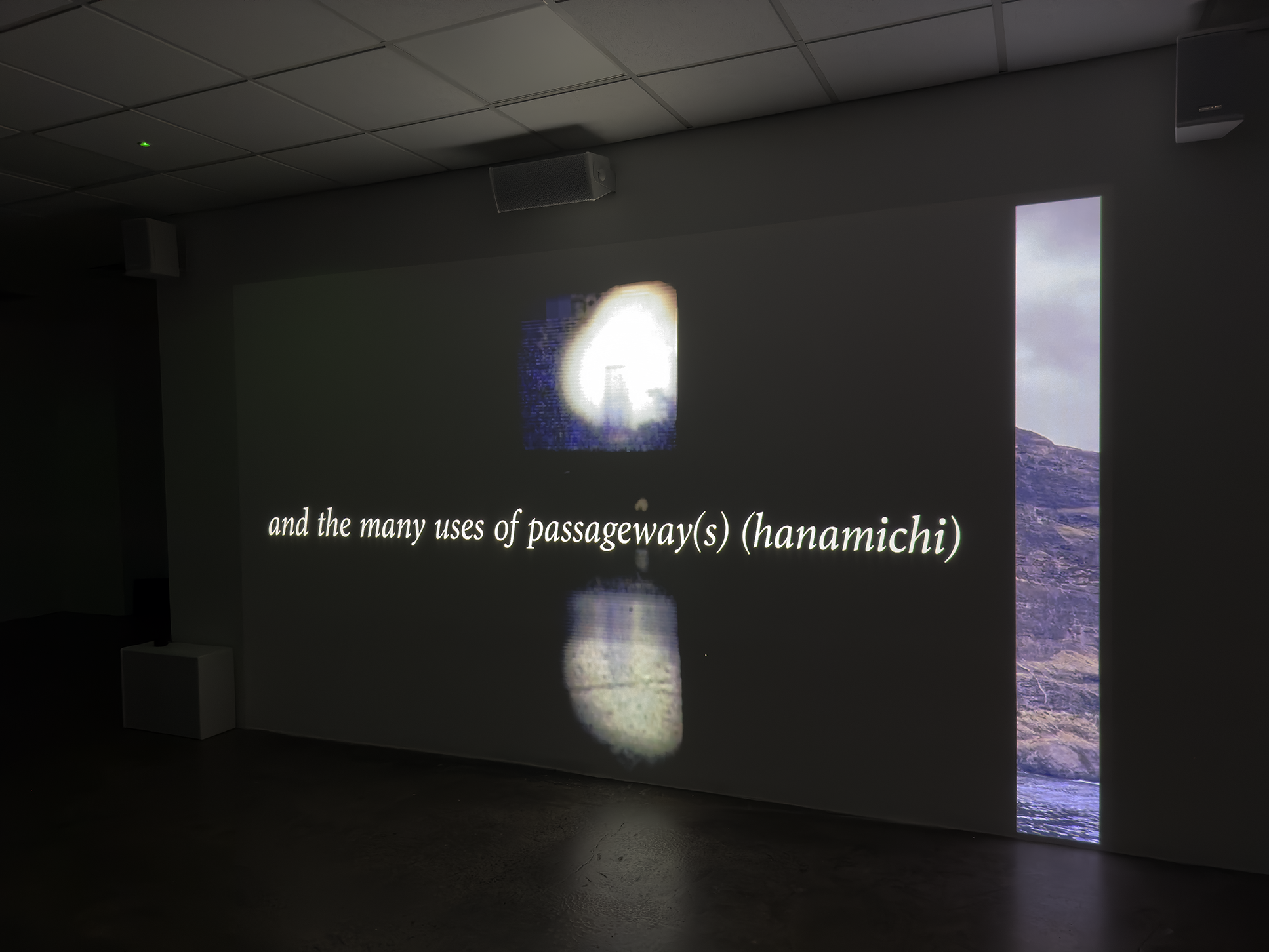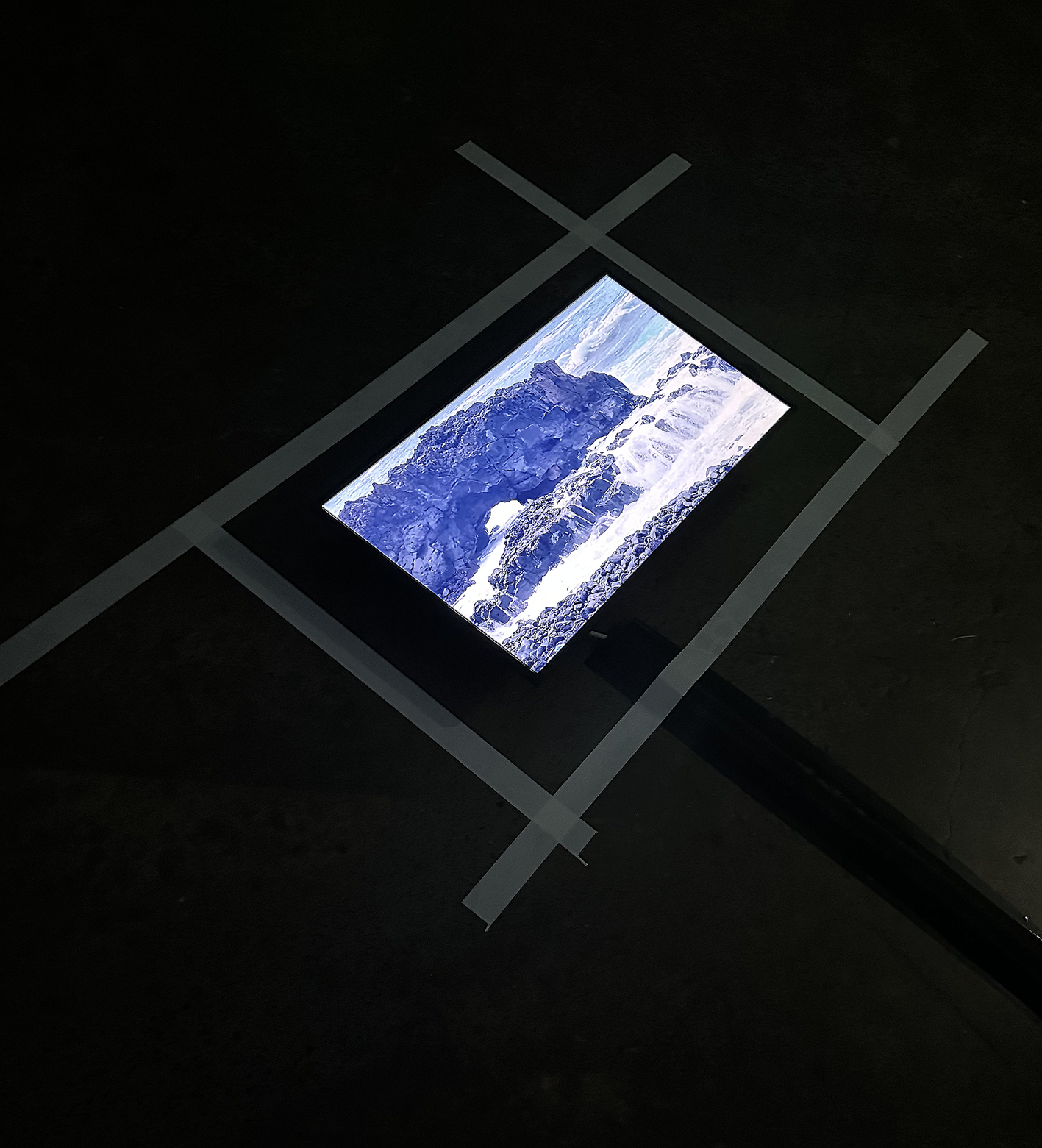The Timekeeper and the Hour Glass: Artist Moving image and Poetic Nonlinear Aspects of Time. Karen Heald
The Timekeeper and the Hour Glass is a collaboration between myself and sound artist Susan Matthews. We are exploring the development of our personal collaborative relationship which began 20 years ago with the work Pra II in 2005. We reconnected in 2023 following a film I created for the 18th International Society of the Study of Time (ISST) conference at Yamaguchi University, Japan, June 2023.
The title of the conference was Time and the Machine and the film I presented as part of my paper as well as at the accompanying art exhibition was called The Timekeeper and the Hour Glass. At this stage the film existed as a single channel with a 10” 6’ duration, curated by the wonderful Emily di Carlo, and which existed with 7 other artists films shown on a loop to conference participants.
Conference Abstract:
For many Western cultures the artificial construction of time is often measured chronologically through our perceptions of the ‘clock’. Communicating similar expressions as contemporary artists and theorists, Kiyokawa Asami, Pipilotti Rist, Trinh T Minha and Tacita Dean, the author, an interdisciplinary artist and academic whose practice embraces moving image proposes creating a new short film and a contextualising paper specific for the exhibition and symposia that explores poetic nonlinear aspects of time.
The research is set within the context of contemporary art, arts and science research, feminist action, and site-responsive approaches. Through a complex interdisciplinary methodology incorporating the performative use of time-based media while engaging with philosophical enquiry, visual analysis and experimental research, the thesis will draw upon Jane Hawkins memoirs ‘Travelling to infinity …, Julia Kristeva’s notion of intertextuality and Hito Steyerl artworks and essay documentaries. The paper aims to articulate the phenomena of culture and the ‘unmeasurability’ of temporal and spatiotemporal objects of sensory experience as distinguished from the ‘clock’.
The paper was submitted as a book chapter and will be available from Brill Publishers in Autumn 2025, details listed below:
Heald, K. (2025) book chapter The Timekeeper and the Hour Glass in Time and the Machine edited by Arkadiusz Misztal, Stephanie Nelson, and Walter Schweidler. Leiden: Brill Publishers.
Definitions of tripartite system
In attempting to articulate the abstractness of time via the visual analysis of artist moving image and poetic nonlinear aspects of time, I have developed a transition between a tripartite system:
• In-between-ness
• Being in-between
• Transitory strata
which with audience interaction can contribute to a new filmic landscape.
In-between-ness refers to a conceptual, reflective public space within collaborative arts and science practice. In this sense, in-between-ness is a system which allows an interdisciplinary and multidisciplinary methodology through whose approaches and media two different subjects may meet. As such the practice moves between different modes, responding uniquely to the qualities of individual artists and institutions.
Being in-between is a space that oscillates between the public places of in-between-ness and the personal preverbal space of transitory strata.
Transitory strata are preverbal, personal spaces which draw from Kristeva's semiotic chora and which, through the making of experimental dream films, visualize a feminist re-interpretation of passive / active sleep, the unconscious, and experiential time. This differs from the split or divided self as it pertains to fleeting parallels of time that exist within the creatives or the depressives state of being. This ephemerality is discovered within the individual, lying amidst the layers of consciousness, the realms of waking, reverie and wakefulness. These experiences seldom occur whilst asleep, but can be stirred by direct sensitivity to sounds, which, when heightened under extreme moments of creativity, stress or illness, can take a person on a more profound pathway through abstract associations and internal ruminations. These journeys, or transitory strata, have the ability to both build and fragment, and the dream films aim to echo this on the level of the unarticulated and the unutterable.
The paper was submitted as a book chapter and will be available from Brill Publishers in Autumn 2025, details listed below:
Heald, K. (2025) book chapter The Timekeeper and the Hour Glass in Time and the Machine edited by Arkadiusz Misztal, Stephanie Nelson, and Walter Schweidler. Leiden: Brill Publishers.
The Timekeeper and the Hour Glass: Audio-visual sound installation
Karen Heald & Susan Matthews
The intension was always to exhibit The Timekeeper and the Hour Glass, on multiple projection screens as an installation with objects and sound. The opportunity to do this was created when Susan and I submitted a proposal to exhibit at Stiwdio Griffith in Swansea, Wales. This enabled the artists’ moving image and sound to further portray poetic nonlinear aspects of time.
The original discussions were to split The Timekeeper and The Hour Glass into 3 multi-screen / projections and incorporate the sound Susan had created in response to the film. Our shared interest in time through our connected time based media, albeit using different medium, and our shared interests in space and place is our conceptual synthesis. Working together in Stiwdio Griffith, we had 5 days to experiment and test out our pieces which included physical objects (engraved glass spheres and books) as well as a live performance with George Saxon that further complimented, reflected upon and drew tension to the themes explored in the piece.
The 5 films were projected onto walls of the gallery space, on LCD screens positioned on the floor and propped up against the structural pillars, which prior to its current use had been a library. Three of the films repeated the 10 minute duration of The Timekeeper and The Hour Glass, 1 film was taken directly from the film (Intangible Fluidity), and another film (Paper Interior) added a human element to the predominately abstract geological scenes. 3 audio sound tracks split across 6 portable speakers filled the room and filtered out of the space. Like the water that dominated the visuals, as the observer moves around the gallery space, the audio appeared to merge and separate depending on location. The viewer never experienced the same combination of image and sound which emphasised the passage of and transient nature of time, together with its nonlinear qualities.
By curating physical objects and placing them into the space, these interacted with the audio, and moving images sometimes vibrating, or holding tactile experiences for the audience.
A further iteration of The Timekeeper and the Hourglass project involved a site-specific live performative action exploring time, space and collaborative praxis.
We chose to work with performance artist George Saxon who provided a poetic response to the installation. His poem was printed onto paper and cut into fragments which we glued into 3 books. On the opening night of the exhibition, the performance began with the 3 artists standing still and silent against 3 pillars in the centre of the gallery space. Slowly, we began to move, reciting the fragments, responding intuitively to the space, the moment, the audience, and each other. Selected images from the performances are documented below:
Performance: Karen Heald, Susan Matthews and George Saxon, Stiwdio Griffith, Swansea, 2025.
Karen and Susan propose to test the space-time theory out further by creating a new short film Tsuyu / Plum Rain, 2025, along with this contextualising presentation specific for the symposia in Gdańsk, Poland that explores Metamorphoses of Time.
Incorporating contemporary footage filmed during a recent visit to Japan, in 2023, in June the ‘month of water’, Tsuyu/Plum Rain, will explore water in different complexities - raindrops, mist, ritual pools – in juxtaposed slow paced and high speed environments.

